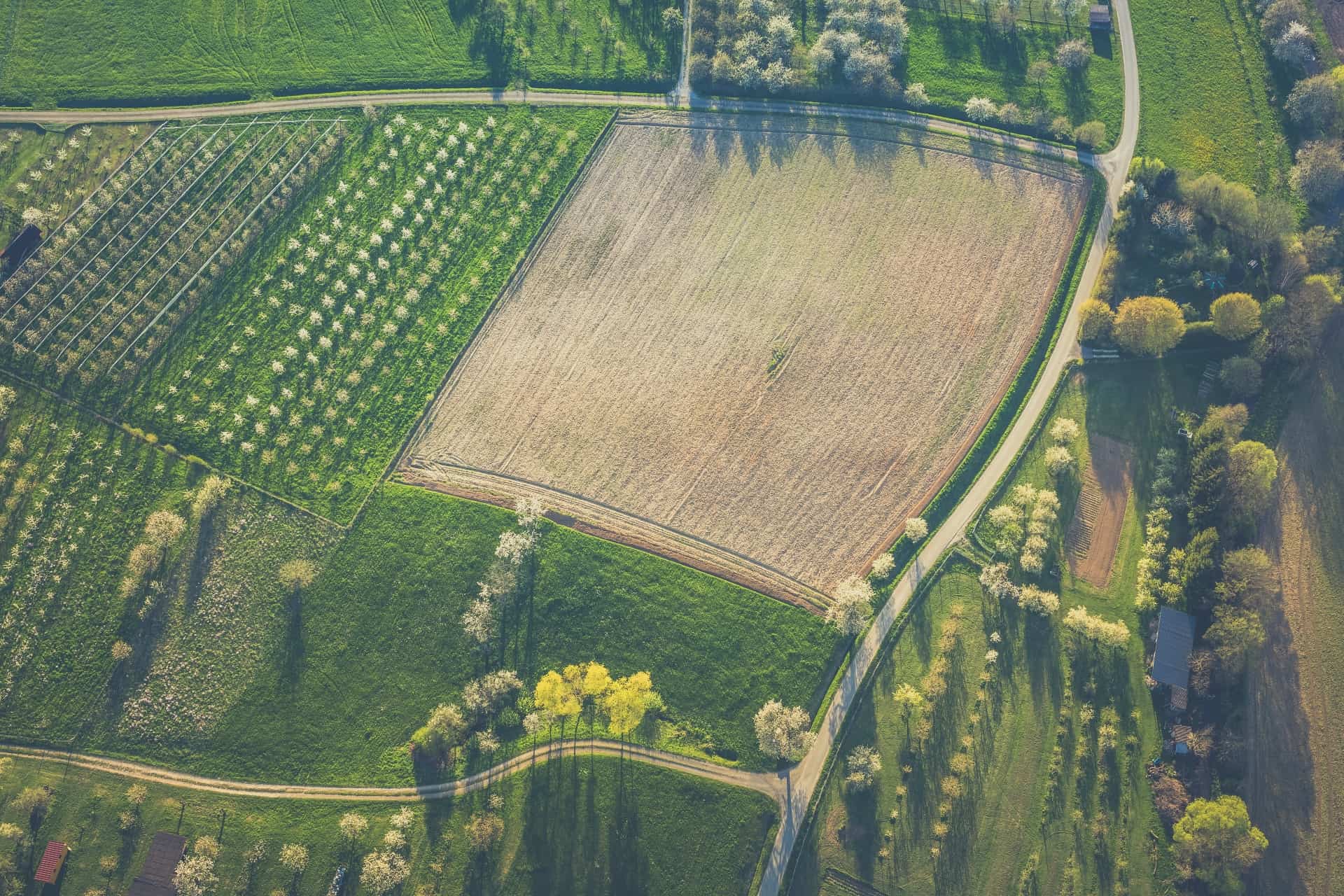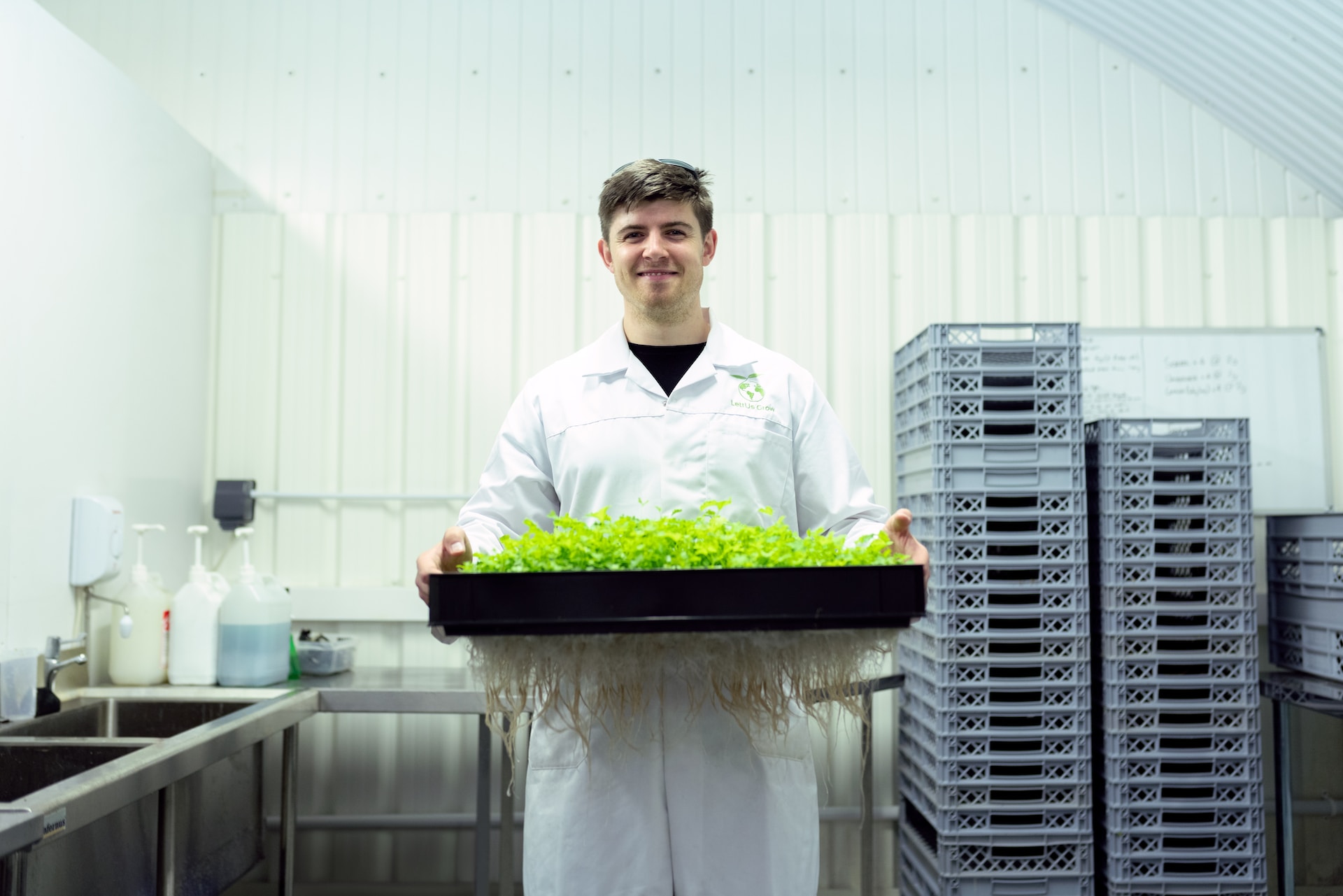
60 Harvests Left? Regenerative Agriculture Is the Future Farming Needs, Today
February 3, 2022 - Emily Newton
Revolutionized is reader-supported. When you buy through links on our site, we may earn an affiliate commision. Learn more here.
The world’s attention is turning toward a set of interwoven goals associated with climate recovery and planetary rehabilitation. With the Paris Agreement in place and nations setting goals set to reduce global warming to 1.5° or less, we seem to be headed on a positive trajectory.
However, the health of Earth’s topsoil receives far less attention than spiraling temperatures and natural disasters. In 1937, President Franklin D. Roosevelt said, “A nation that destroys its soil destroys itself.” What did he know in 1937? What problematic writing on the wall had he read, and what have we done since in answer?
What’s Going Wrong With Topsoil Management?
Scientists estimate that humans rely on healthy topsoil to cultivate some 95% of our food. The same scientists have also observed that about half of the planet’s most productive topsoil areas have disappeared within the last century and a half. In this context, “disappeared” means consumed and degraded to the point where the soil cannot any longer support the agricultural crops planted in it.
In fact, it appears that Earth’s productive topsoil is degrading 10 times faster than it’s able to regenerate.
Scientists and environmental reporters have been blowing the whistle for years about this worrying trend. Reuters and Scientific American reported on UN findings in 2014 which stated that, if nothing changes, human beings could run out of healthy topsoil within 60 years.
In other words: human beings may lose the ability to grow food within six decades. Could we really have just 60 harvests left? Why is this happening?
To put it simply, human beings have been abusing their farmland for centuries. Monocropping is a product of industrial agriculture. It’s allowed the world’s farmers to feed a ballooning population. But monocropping – planting a single crop in the same plot of land again and again – is devastating to the long-term health of the soil. There’s some 4 billion acres of arable farmland across the planet, but sapping the nutrients from these areas again and again over the decades means we will no longer be able to rely on these areas to grow food again in the near future.
Some communities say the “60 years of topsoil” figure is exaggerated. But they do not deny that it takes decades for farmland to, on its own, become arable once more after human beings farm it into depletion.
A new approach is required: one that maintains life-supporting minerals and other nutrients in the soil, protects the biodiversity of plants and animals, and helps the planet naturally sequester carbon dioxide so it doesn’t enter and alter the atmosphere.
What Is Regenerative Agriculture?
Regenerative agriculture is not a new idea. Natives in the Americas long ago recognized the importance of farming in a sustainable way that nourishes and protects topsoil rather than depleting it and moving on to the next plot of land. Crop rotation and intercropping (planting multiple species together) are two examples of regenerative agriculture.
The practice encompasses multiple ideologies and many techniques; there is no single approach to regenerative farming. Rather, there is a shared mandate: to remember that agricultural practices are fundamentally brutal on the portions of Earth where they’re carried out. Without the right techniques and an appropriate amount of planning for the future, humans could very well lose the ability to grow their own food.
The goals of regenerative agriculture are multifold:
- Ensure the available farmland can feed the current and future population.
- Restoring compromised and depleted topsoil to a productive state.
- Improving and sustaining wildlife and plantlife biodiversity.
- Enhancing the natural environment’s ability to absorb CO2 (“biosequestration”).
- Boosting the health of Earth’s available topsoil and farmland.
- Managing topsoil in a sustainable fashion to protect its ability to produce.
There are lots of different disciplines emerging under the umbrella of regenerative agriculture. You may also see them referred to as “permaculture” techniques.
Some of them depart significantly from traditional farming, while others seamlessly complement what farmers are already doing. Here is a rundown of some of the most important regenerative agricultural movements happening in the world today:
1. Agroforestry
The USDA defines agroforestry as the deliberate placement of trees within agricultural areas. This provides a host of benefits. Trees protect water sources from farming runoff such as pesticides. Having a variety of plantlife also protects biodiversity and nutrient diversity. Some forest-based agriculture involves planting cash crops under tree cover to take advantage of the sheltering effect and natural shade.
2. No-Till Farming
In traditional tilling, farmers disturb up to 10 inches of topsoil in preparation for planting new crops. This removes all of the plant matter, leaving the soil vulnerable to severe erosion. It also cannot retain as much water or nutrient content in this state. No-till farming slows evaporation, boosts the available nutrients in the area, and keeps the topsoil in place.
3. Avoiding Chemical Pesticides
Chemical pesticides are deleterious to human and animal life. In regenerative farming, avoiding chemical pesticides means using cover crops or free-range livestock to control pests. It may also involve using special tractor attachments to place an organic, weed-suppressing mat on the ground on which to plant crops.
4. Crop Rotation
Crop rotation is particularly important in regenerative farming. Traditionally, farmers relied on techniques that yielded high volumes of food in as little time as possible. This meant planting the same crops on the same plot of land for years until the soil is depleted. In contrast, rotating different crops throughout different growing seasons improves soil drainage and aeration, boosts nutrient content, and fosters beneficial microbes.
5. Pasture Cropping
Pasture cropping is where farmers plant their cash crops within existing “perennial” pastures instead of on bare soil. The existing pasture plant species act as cover crops, which substantially reduces or eliminates the need for pesticides. Aggressive grazing by animals, like goats or sheep, may be used before growing seasons to prepare the area for planting. This reduces the need for tillage and keeps vegetation matter and nutrients within the soil instead of stripping them out.
Why Is Regenerative Agriculture Necessary?
Ultimately, regenerative agriculture is necessary because human beings have been poor stewards of their collective farmland. Most of the techniques described above have been well-known to Indigenous populations for generations. Unfortunately, the pressures of a quickly growing human population made us forget these practices in favor of the cheap and expedient. Scaled-up industrial agriculture helped us feed ourselves for a long while, but it’s now delivering dangerously diminishing returns.
The scientific evidence all says regenerative agriculture is the answer we need. It can help us protect our yields, today, and ensure the soil can continue to support us in the coming years, decades, and centuries. There is a learning curve, but this type of farming is scalable, and efficient, it yields more nutritious foods, protects our farmland, and helps curb climate change. Apart from being unfamiliar to many modern farmers, there is no downside to adopting regenerative agriculture. It can deliver the same or even better profitability, and it ensures the ongoing ability of farmland to yield healthful food. Our soil is paying the price now for many years of shortsightedness in land use planning. Our diets may soon begin to pay the price as well. The farming community is slow to adopt new techniques, which means it’s up to citizens and civil servants alike to spread the word about its benefits and come up with ways to support farmers as we pivot together to regenerative farming and other sustainability-enhancing movements.
Revolutionized is reader-supported. When you buy through links on our site, we may earn an affiliate commision. Learn more here.
Author
Emily Newton
Emily Newton is a technology and industrial journalist and the Editor in Chief of Revolutionized. She manages the sites publishing schedule, SEO optimization and content strategy. Emily enjoys writing and researching articles about how technology is changing every industry. When she isn't working, Emily enjoys playing video games or curling up with a good book.




